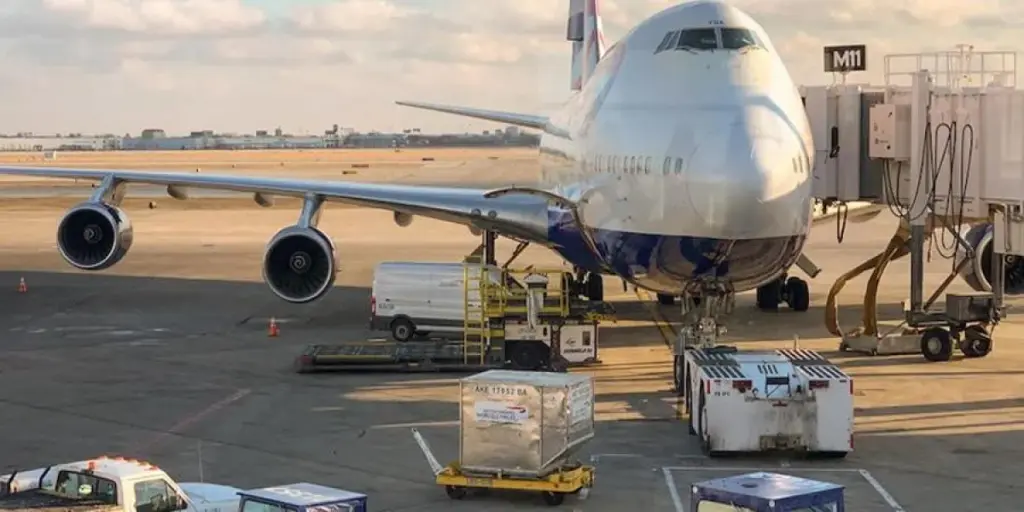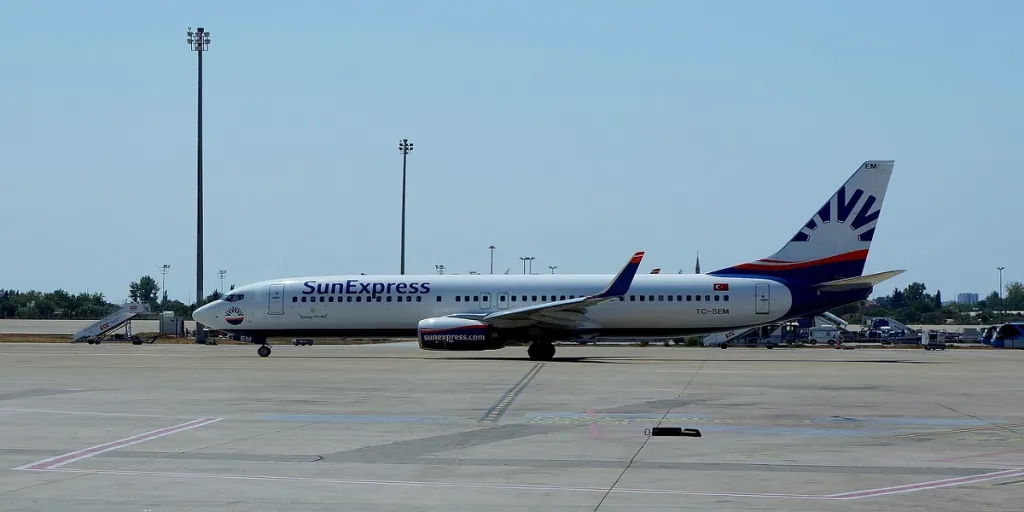Table of Contents
Introduction
The three stages of over the road transportation
The Staggering Economic Impact of Trucking in America
Selecting the Optimal Mode for Your Over the Road Shipments
Meet the Giants: Key Players in Over the Road Transportation
Conclusion
Introduction
Over the road transportation is a critical component of the supply chain, involving a complex network of stages, modes, and carriers. Understanding its intricacies is crucial for businesses looking to optimize their logistics and deliver goods efficiently. In this comprehensive guide, we’ll explore the three stages of over the road transportation, examine the economic impact of trucking in the United States, discuss the different modes available for your shipments, and introduce you to the key players in the industry. By the end of this article, you’ll have a solid foundation to make informed decisions and streamline your operations.
The Three Stages of Over the Road Transportation
Over the road transportation can be divided into three distinct stages: first mile, middle mile, and last mile. Each stage plays a vital role in ensuring that goods are moved efficiently from the point of origin to their final destination.
First Mile: Getting Your Goods to the Hub
The first mile involves transporting goods from the manufacturer or supplier to a local or regional transportation hub. This stage is crucial, as it sets the tone for the entire shipping process. Efficient first mile logistics ensure that products are properly packaged, labeled, and ready for the next leg of their journey.
Middle Mile: Connecting Distribution Centers Across the Country
Once goods reach a transportation hub, they enter the middle mile stage. This involves moving freight between distribution centers across the country, often covering vast distances. The middle mile is typically handled by long-haul trucks, which are capable of transporting large volumes of goods efficiently.
Last Mile: Delivering to Your Customers’ Doorsteps
The final stage of over the road transportation is the last mile, which involves delivering goods from the destination hub to the end customer. This stage can be the most challenging and expensive, as it often involves navigating complex urban environments and meeting tight delivery deadlines. Effective last mile logistics are essential for ensuring customer satisfaction and loyalty.
By understanding the unique challenges and opportunities presented by each stage of over the road transportation, businesses can develop strategies to optimize their supply chain and improve overall performance.
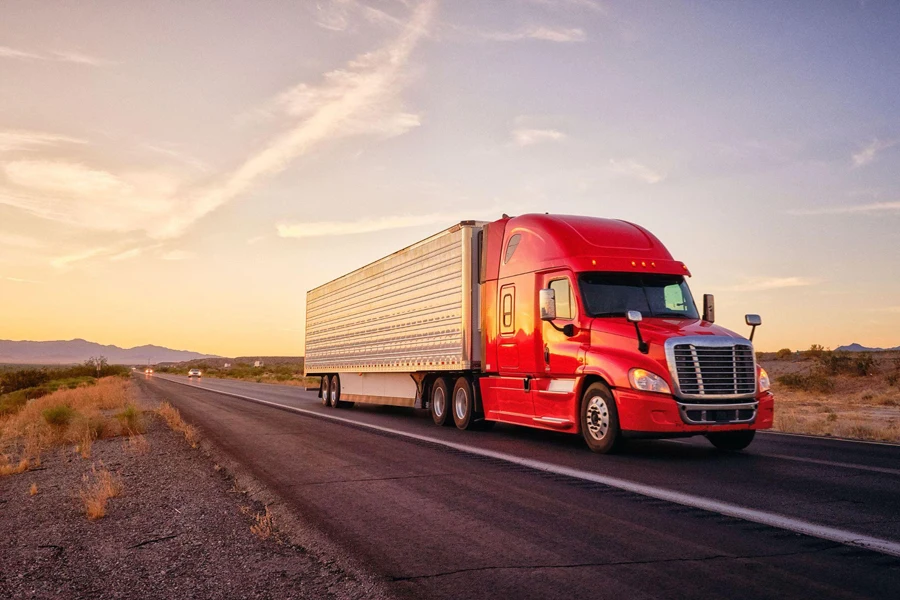
The Staggering Economic Impact of Trucking in America
The trucking industry plays a vital role in the United States economy, transporting billions of tons of freight and employing millions of people. Understanding the scale and importance of trucking is essential for businesses that rely on over the road transportation.
Trucking by the Numbers: Freight, Vehicles, and Miles
According to the American Trucking Association (ATA), trucks move approximately 72.6 percent of the nation’s freight by weight, translating to a staggering 11.46 billion tons of freight in 2022 alone. This equates to over 31 million tons of goods transported by trucks every single day. In 2021, there were 13.86 million registered single-unit and combination trucks, representing 5 percent of all motor vehicles in the country. These trucks covered an impressive 327.48 billion miles in 2021, with combination trucks accounting for 195.62 billion miles.
Employment in the Trucking Industry
The trucking industry is a significant source of employment in the United States. In 2022, 8.4 million people were employed in jobs related to trucking activity, excluding self-employed individuals. This figure includes 3.54 million truck drivers, a 1.5 percent increase from the previous year. These numbers underscore the crucial role that trucking plays in the American job market.
As businesses navigate the complexities of over the road transportation, it’s essential to recognize the immense scale and economic impact of the trucking industry. By understanding these factors, companies can make informed decisions and develop strategies that leverage the strengths of this vital sector.
Selecting the Optimal Mode for Your Over the Road Shipments
Choosing the right mode of transportation is crucial for businesses looking to optimize their over the road shipping strategy. The four main modes – truckload (TL), less than truckload (LTL), partial truckload, and parcel – each have their own advantages and considerations.
Truckload (TL): When Full Capacity is Required
Truckload shipping is ideal for companies with high shipping volumes or time-sensitive deliveries. TL shipments occupy the entire space or weight limit of a trailer, ensuring that the entire shipment is delivered at once. This reduces the risk of delays and damage, as there is less handling of the freight. Truckload is most cost-effective when the freight weighs more than 15,000 pounds or consists of more than 10 pallets.
Less than Truckload (LTL): Sharing Space and Costs
Less than truckload shipping allows multiple shippers to share space on the same truck, making it a cost-efficient option for smaller shipments. LTL loads typically range from 100 to 10,000 pounds and offer added flexibility for small and midsize companies. However, LTL shipments may have longer transit times and a higher risk of damage due to increased handling.
Partial Truckload: The Middle Ground for Mid-Sized Shipments
Partial truckload is a middle ground between TL and LTL, catering to shipments that are larger than LTL but don’t require a full truck trailer. These shipments usually range from 8 to 18 pallets, 8,000 to 27,500 pounds, and occupy more than 12 feet of linear space in a trailer. Partial truckload offers a higher percentage of on-time deliveries and less freight handling compared to LTL.
Parcel Shipping: Handling Smaller Packages with Care
Parcel shipping is best suited for packages under 150 pounds that can be lifted without assistance. While parcel shipping offers added flexibility for scheduling pickups, it carries a higher risk of packages being lost or damaged due to their size. Parcel shipments also involve more checkpoints and potential transfers, allowing for closer tracking but potentially longer transit times.
By understanding the unique characteristics of each shipping mode, businesses can select the most appropriate option based on their specific needs, balancing factors such as shipment size, delivery urgency, and budget constraints.
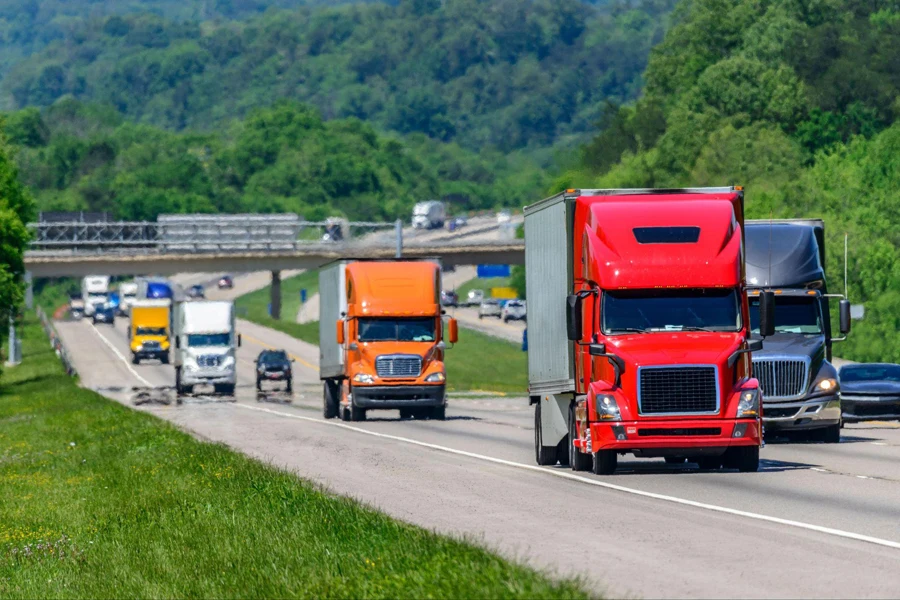
Meet the Giants: Key Players in Over the Road Transportation
Navigating the landscape of over the road transportation involves understanding the major carriers in each shipping mode. By familiarizing yourself with these key players, you can make informed decisions when selecting a carrier for your business’s shipping needs.
Top Truckload (TL) Carriers
The truckload market is dominated by several large carriers, each with extensive networks and capabilities. Some of the top TL carriers include Knight-Swift Transportation, J.B. Hunt, Landstar Systems, and Schneider. These companies offer a range of services, including dry van, refrigerated, and flatbed shipping, catering to various industries and shipment types.
Leading Less than Truckload (LTL) Companies
The less than truckload market is also characterized by a few major players, although a recent shake-up is underway following the announcement of Yellow Corp’s impending bankruptcy and closure. Other leading LTL carriers include FedEx Freight, XPO Logistics, and Old Dominion. These companies specialize in consolidating smaller shipments from multiple shippers, offering cost-effective solutions for businesses with lower-volume shipping needs.
Major Parcel Shipping Providers
Parcel shipping is dominated by a handful of global giants, including UPS, FedEx, and DHL. These carriers have extensive networks and advanced technology that enable them to handle a high volume of small packages efficiently. They offer a range of services, including standard ground shipping, expedited options, and international delivery, making them a popular choice for businesses of all sizes.
By understanding the strengths and specialties of these key players in the over the road transportation industry, businesses can select the most appropriate carrier for their specific shipping needs, ensuring efficient and cost-effective delivery of their goods.
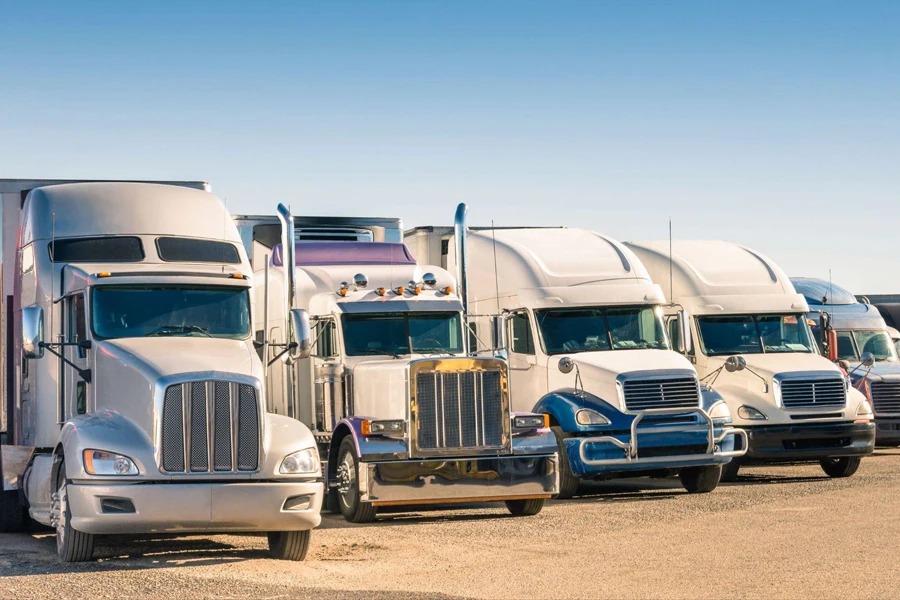
Conclusion
Mastering the complexities of over the road transportation is crucial for businesses seeking to optimize their logistics and gain a competitive edge. By understanding the stages of shipping, selecting the right mode, and partnering with key carriers, companies can streamline their supply chain and deliver goods efficiently. Armed with knowledge of the industry’s economic impact and major players, decision-makers can navigate this critical aspect of logistics with confidence. Ultimately, a strong grasp of over the road transportation enables businesses to better serve customers and achieve long-term success.


